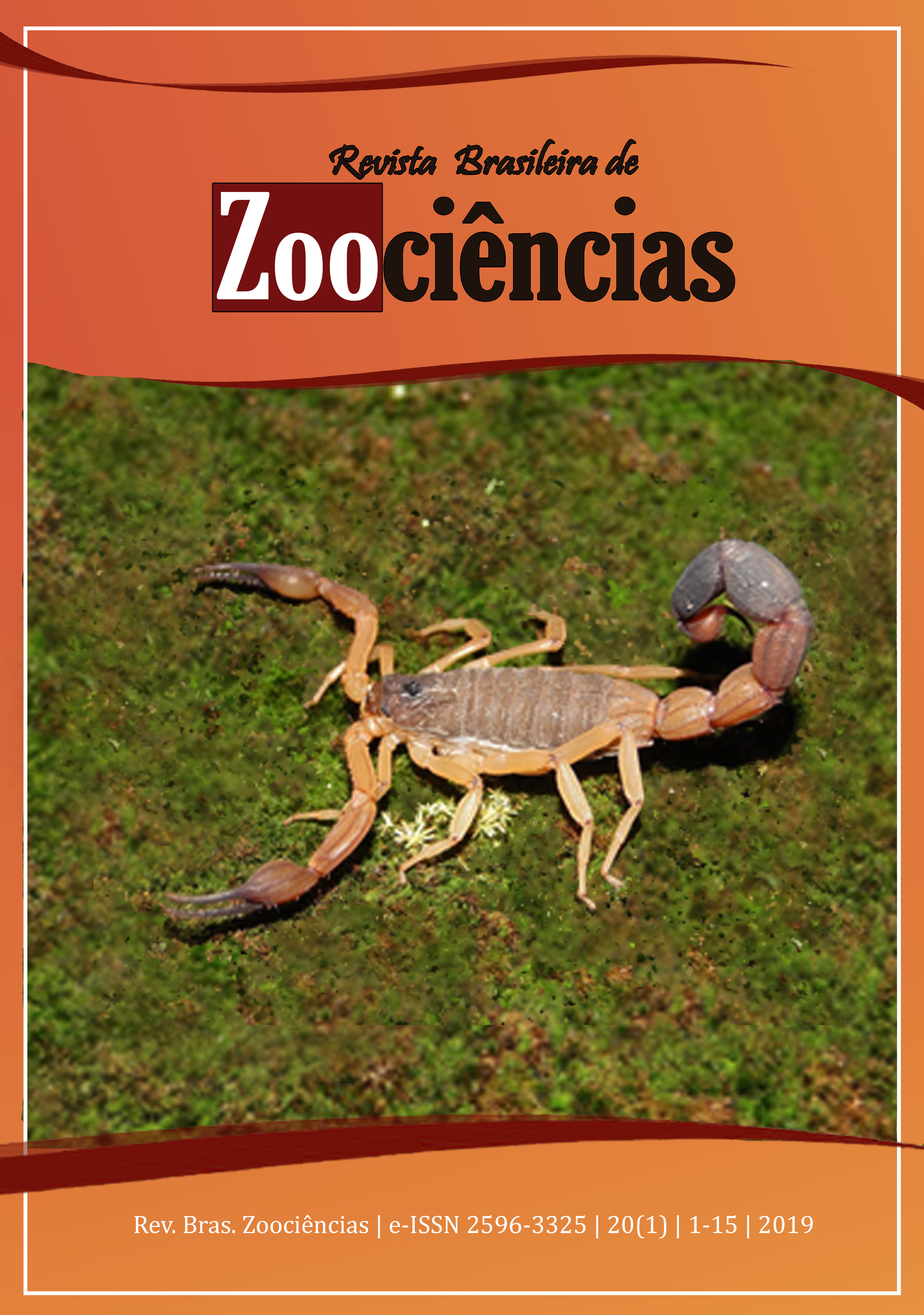Influence of temperature and relative humidity on small mammals in high altitude phytophysiognomies in southeastern Brazil
DOI:
https://doi.org/10.34019/2596-3325.2019.v20.24789Keywords:
Rodents, Marsupials, Abiotic variables, Chapada das Perdizes.Abstract
Temperature and relative humidity are two abiotic parameters that influence the occurrence of different species, corroborating with seasonal fluctuations in population, and changes in the composition of communities. However, there are few that correlate these factors with richness and abundance of small terrestrial mammals in phytophysiognomies at high altitudes (natural montane fields, semideciduous forests and cloud forests). Therefore, this research using tomahawks, shermmans and pitfall traps in conjunction with equipment to measure temperature and humidity in high altitude phytophysiognomies at Chapada das Perdizes, southeastern Brazil, demonstrates that temperature and relative humidity do not differ between montane forest environments and do not influence the richness and abundance of small mammals as a result of the protection and stability provided by the forest. However, there is influence of these parameters for the natural montane fields, in which there was reduction of species richness and abundance as a function of the increase in temperature.



